2020 has the seasons all mixed up here in the north: we had a never-ending spring, two days of summer, a couple weeks of fall, and have been plummeted firmly into winter since the third week of October. While that means that the main season for foraging has ended, winter season is just around the corner. Cooler temperatures make for ideal conditions to harvest a variety of things from amongst the forest, and for those of us who are hunters as well as gatherers, you can do some foraging while scouting for new hunting spots!
Advertisement
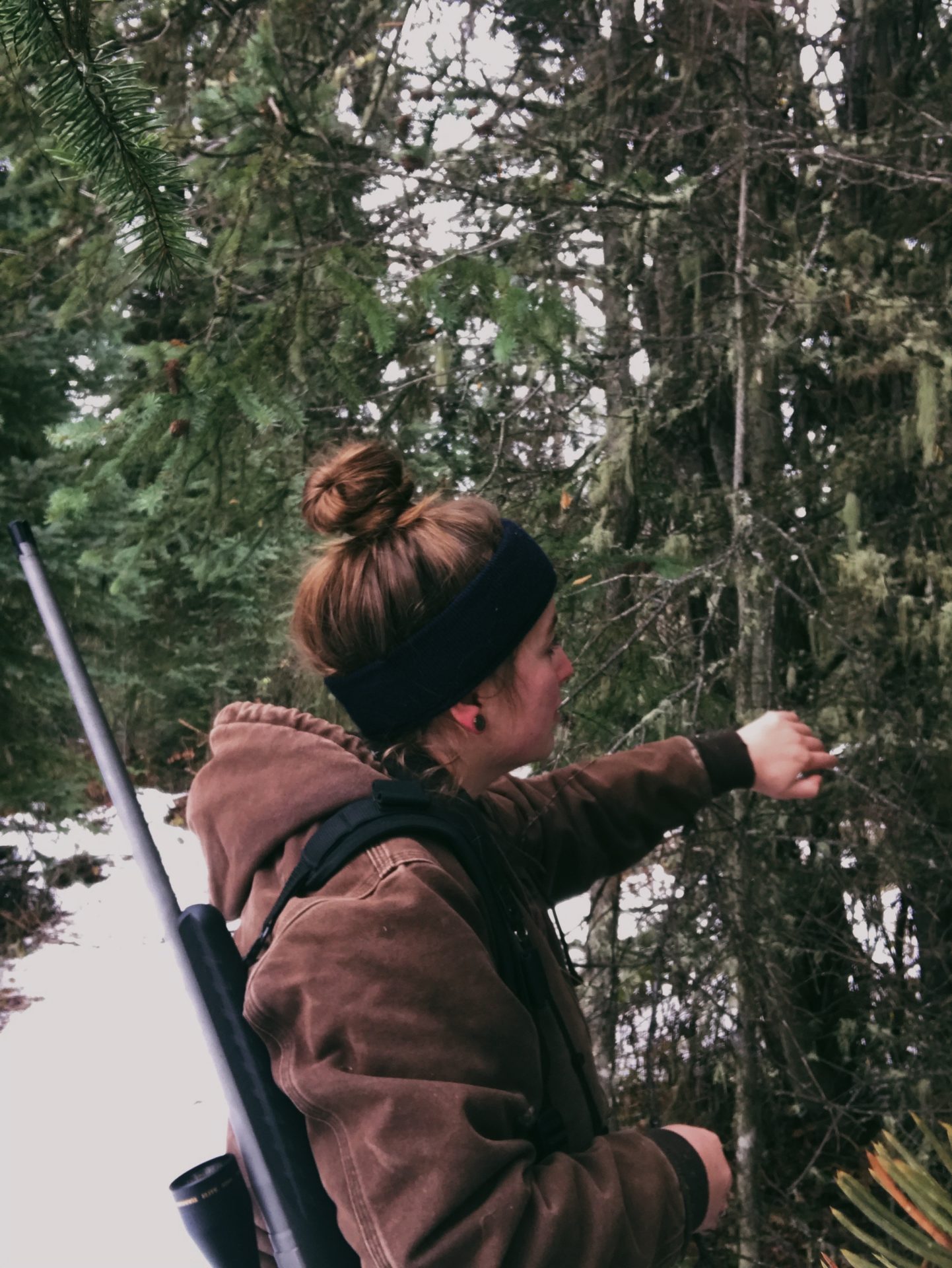
Lodgepole Pine
Although vast stands of lodgepole pine have been decimated by the mountain pine beetle in British Columbia, there are pockets of naturally occurring pine that are still thriving, in addition to the millions of pine trees planted as a result of logging. Winter (or the cooler weather that this fall is bringing) is a great time to harvest pine needles and resin.
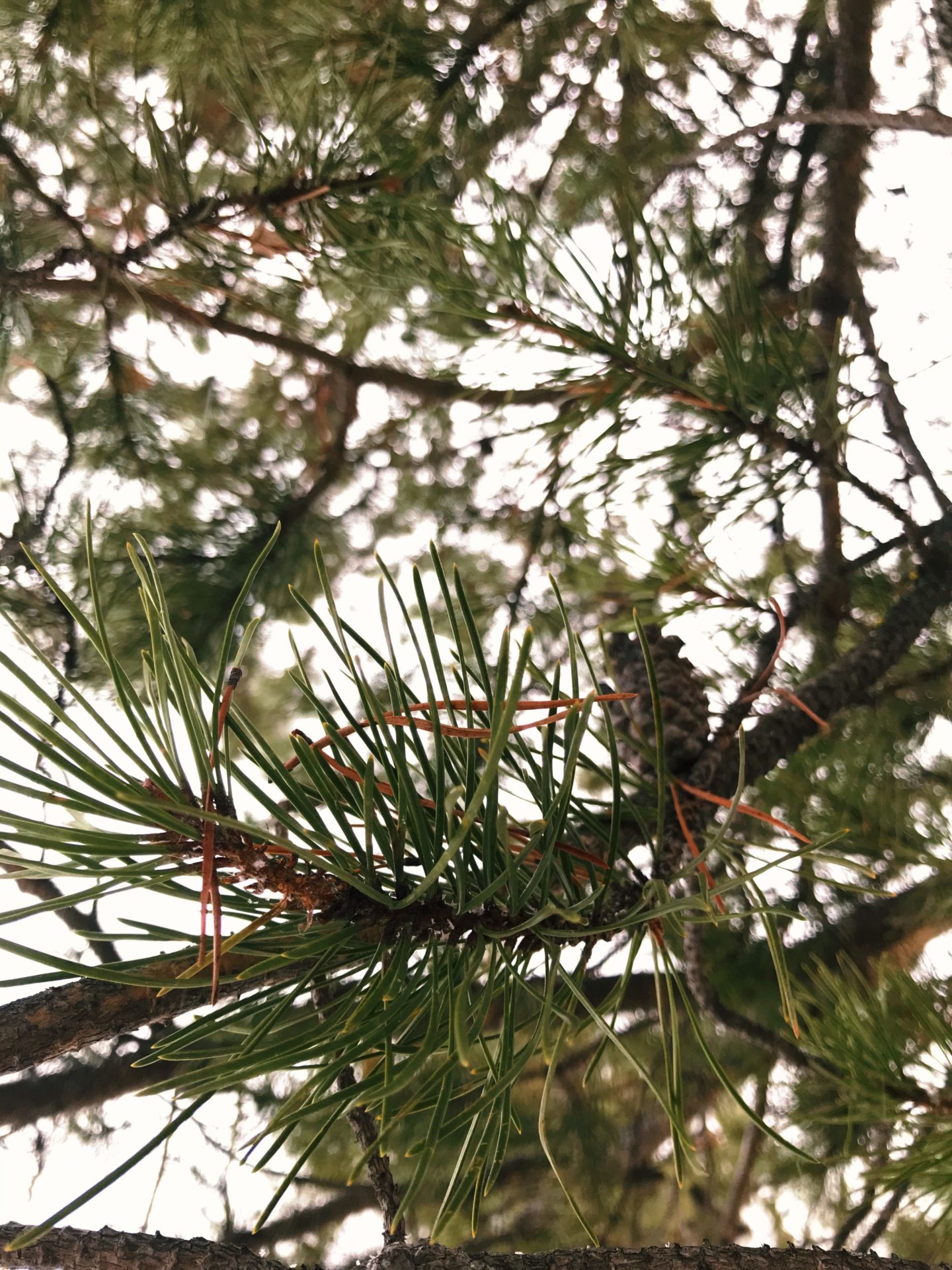
Pine needles are high in vitamin C and great for use in a winter tea. Along with the resin, pine needles can additionally be infused in oils to help soothe irritated skin. If you’re a DIY kind of person and want to create those increasingly popular beeswax wraps, you can use foraged pine resin when making those as well.
Advertisement
Usnea Lichen
While you may be more familiar with the common name of this lichen, “old man’s beard,” this slow-growing, greyish-green lichen grows prolifically on spruce boughs. Try to harvest the lichen from branches that have already fallen to the ground – after a good windstorm or heavy, wet snowfall is a good opportunity.
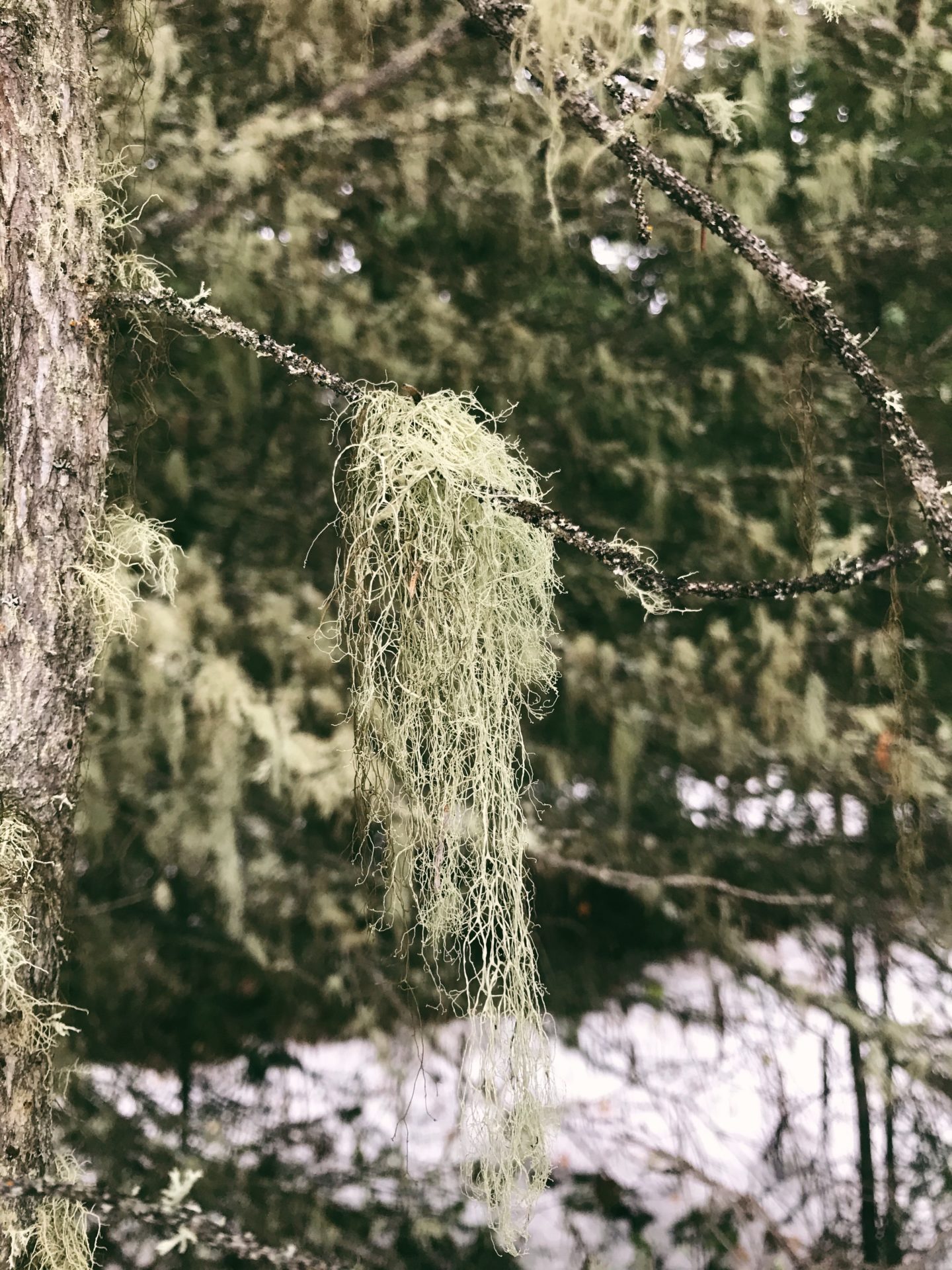
If you are not among a small portion of the population who are allergic to the usnic acid found in old man’s beard, this is a great lichen to infuse in oil or as a disinfectant spray to apply to the skin – harnessing centuries of reported antibacterial properties.
Advertisement
Juniper
There is something about the scent of juniper that evokes visions of a white winter wonderland. This aromatic plant can be foraged throughout the winter – if you know where a plant is, you can brush the snow from it throughout those cold months.
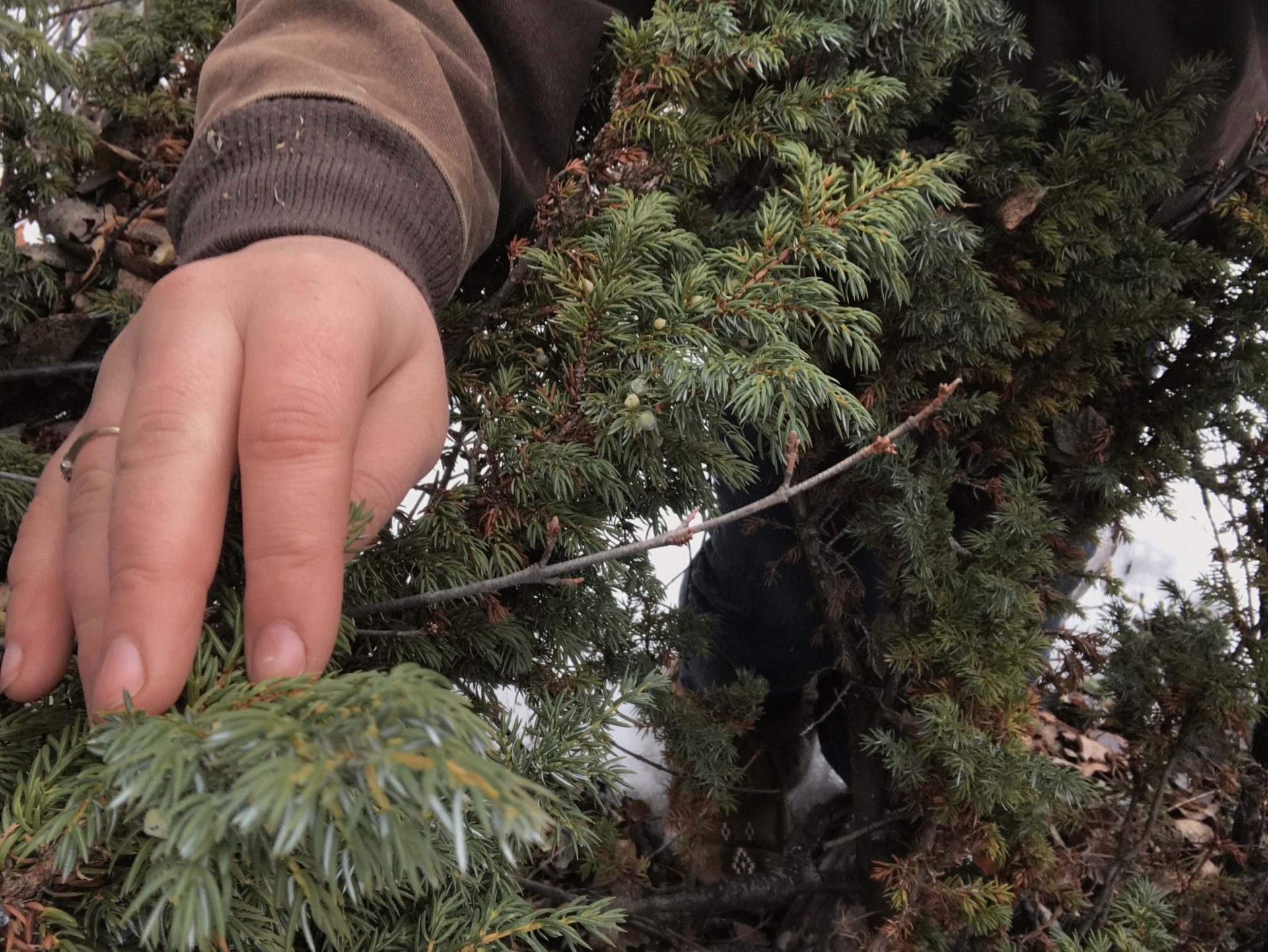
When used in the kitchen, juniper berries are often noted for assisting in the digestion of gassy foods – which is particularly useful during a season that sees people eating a greater quantity of belly-filling, body-warming, bean-filled meals. Ground juniper berries are a great addition to seasoning blends for wild game and fish or in marinades.
Chaga
Currently very trendy in the world of superfoods, chaga is a fungus that grows on birch trees, using the nutrients from the tree to survive. Black or dark brown on the outside, with a rusty gold inside, chaga is sensitive to overharvesting as its popularity skyrockets. An easy way to get a bit of chaga into your life is to enjoy a small cup of chaga tea in the morning.
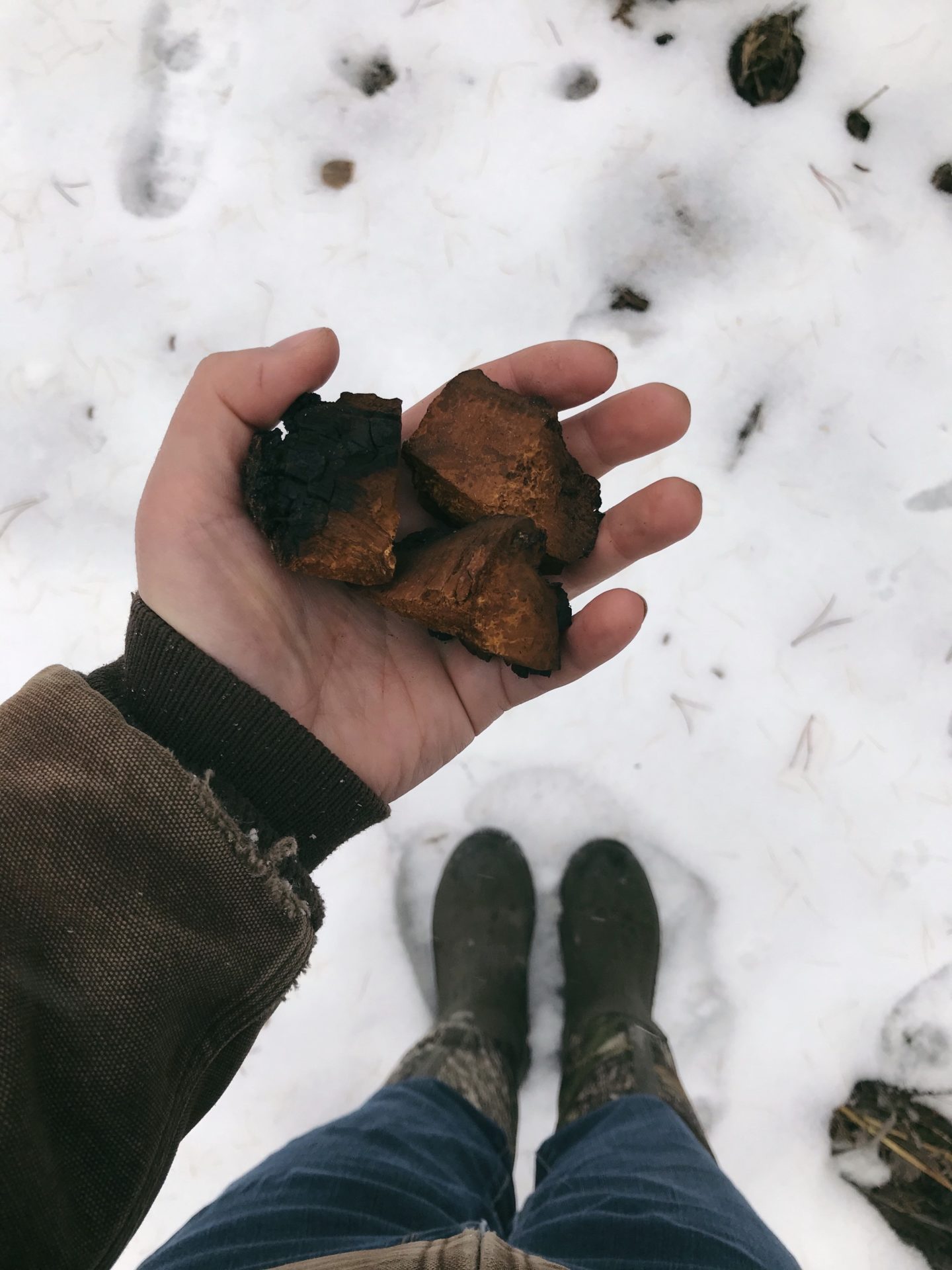
When harvesting chaga (always from a live tree), it is important to not remove the whole fungus from the tree. Instead, leave at least half behind, and take only what you will use. A small saw allows you to remove a piece of the chaga without harming the tree – you never want to dig or hack away at the tree and fungus, as this leaves it vulnerable and exposed.